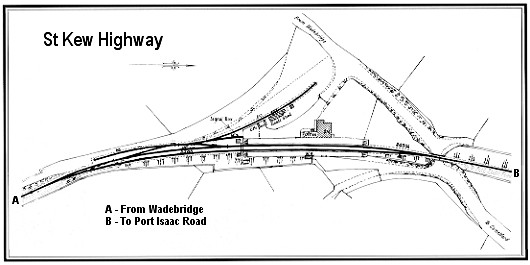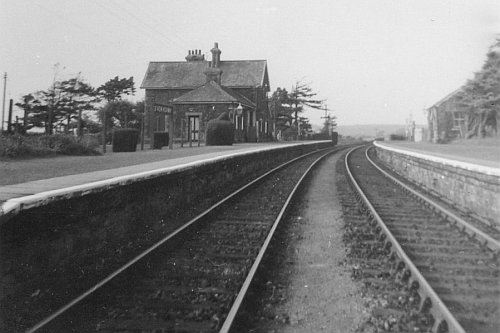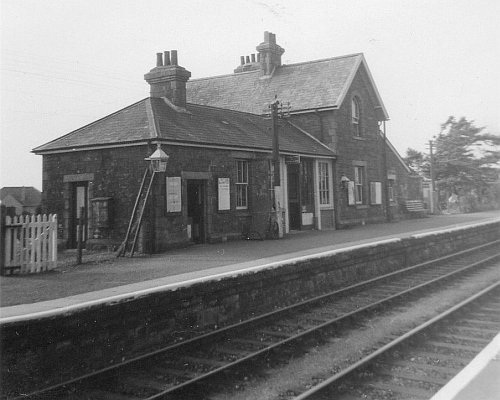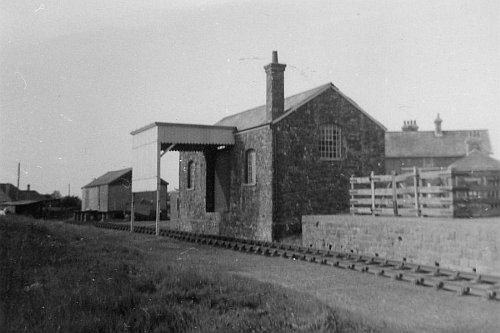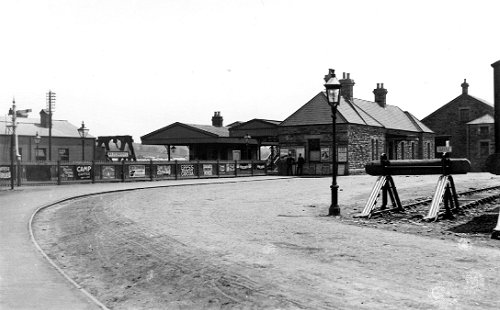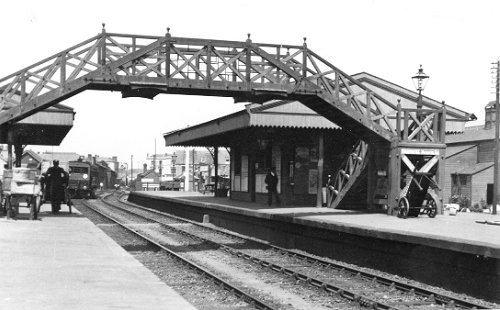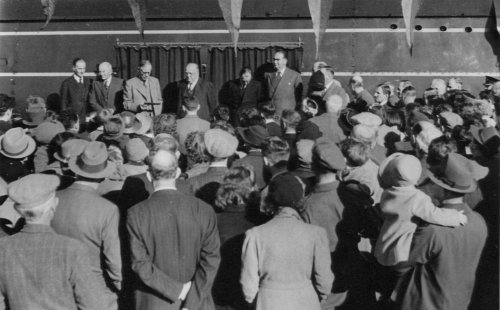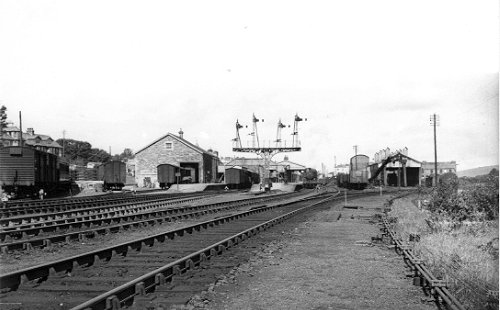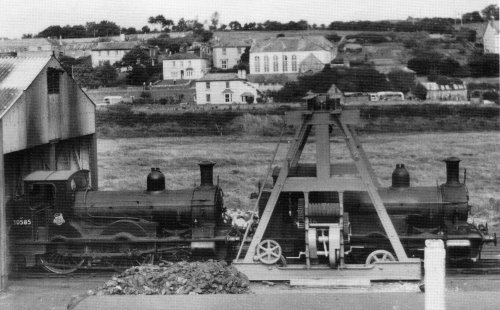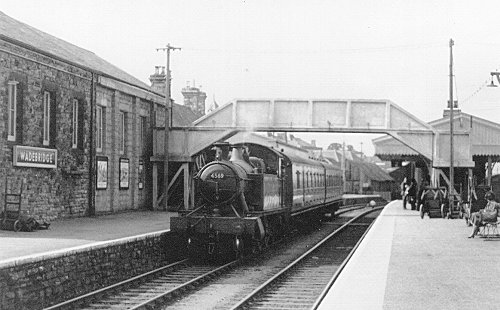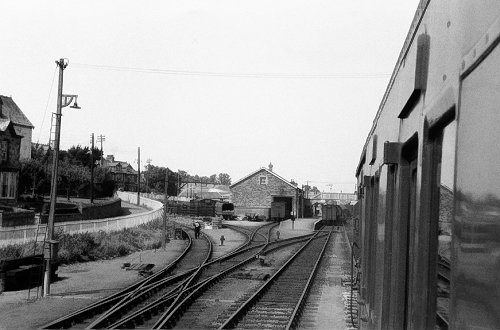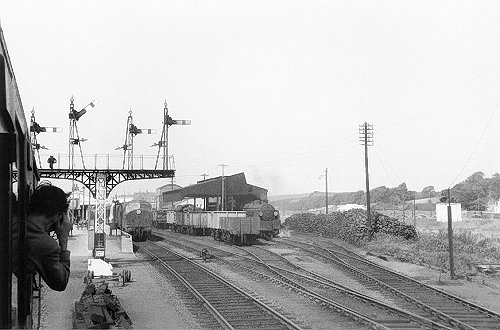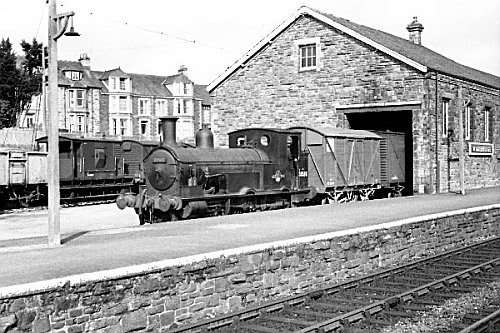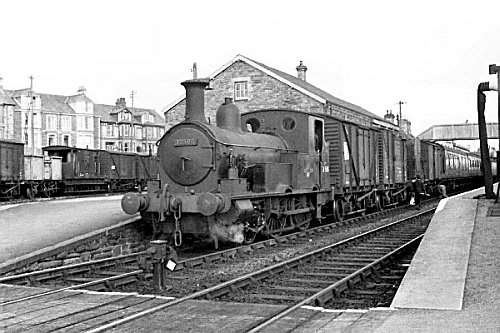The North Cornwall Railway
PORT ISAAC ROAD TO WADEBRIDGELeaving Port Isaac Road the line wound round to the right on a 30 chain radius curve, and falling at a 1 in 73 gradient, into Trelill tunnel, which was some 333 yards long. Leaving the tunnel the character of the line changed with far less sharp curvature but still falling at a ruling gradient of 1 in 73. This eased to 1 in 330 as the line ran into St Kew Highway station, now just 250 feet above sea level and 40m 4ch from Halwill Junction.
St Kew Highway station (link to map of station area) was about two miles as the crow flies St Kew village, though after the railway arrived quite a number of properties were built around a public house that was near to the station in the village of St Kew Highway. Other villages in the locality were St Tudy and St Breward, approximately two and a half and six miles away. The station was useful to the railway as it conveyed passengers for Polzeath, St Minver and Rock, putting the station on the Atlantic Coast Express' calling list. 
Right: A LSWR luggage label reproduced with thanks from the Mike Morant collection. The layout at St Kew Highway was very similar to that at Port Isaac Road, though the approach road was far shorter and the shunting difficulties slightly less, especially after small amendments to the layout and signalling in 1914 and 1939. Goods traffic handled here included incoming coal and fertilizer and outgoing sugar beet, corn, pigs and the inevitable rabbits. The inroads made by road transport took a big toll on St Kew Highway which, like Port Isaac Road, lost its stationmaster in 1927 and came under the supervision of Camelford. As elsewhere, the goods yard closed in 1964 and, together with the Signalbox, was taken out of use on 21 November 1965.
Leaving St Kew Highway the line started its final descent towards sea level at 1 in 75, curving first one way and then the next to join the Allen valley, though some way above the river, some 41 miles from Halwill. About a mile later the line passed through a rock cutting just beyond Hingham, a rocky outcrop through which the route had to be blasted. As the line dropped down nearer to the river it passed Sladesbridge, then crossed the rivers Allen and Camel to arrive at a sharp 20 chain radius curve to the right leading to Wadebridge Junction. Originally the line formed a junction here with the Bodmin & Wadebridge line from Bodmin but from 1907 the route into Wadebridge was widened to allow two single lines running parallel, thus giving the impression of double track, to the new junction at Wadebridge East. From Wadebridge East it was just a short run into Wadebridge station, just 30 feet above sea level and 44m 12ch from Halwill Junction.
Wadebridge (link to map of station area).
A window label that would be affixed to the droplight of a carriage door to advise passengers of the destination of that particular carriage. Return to top
|
